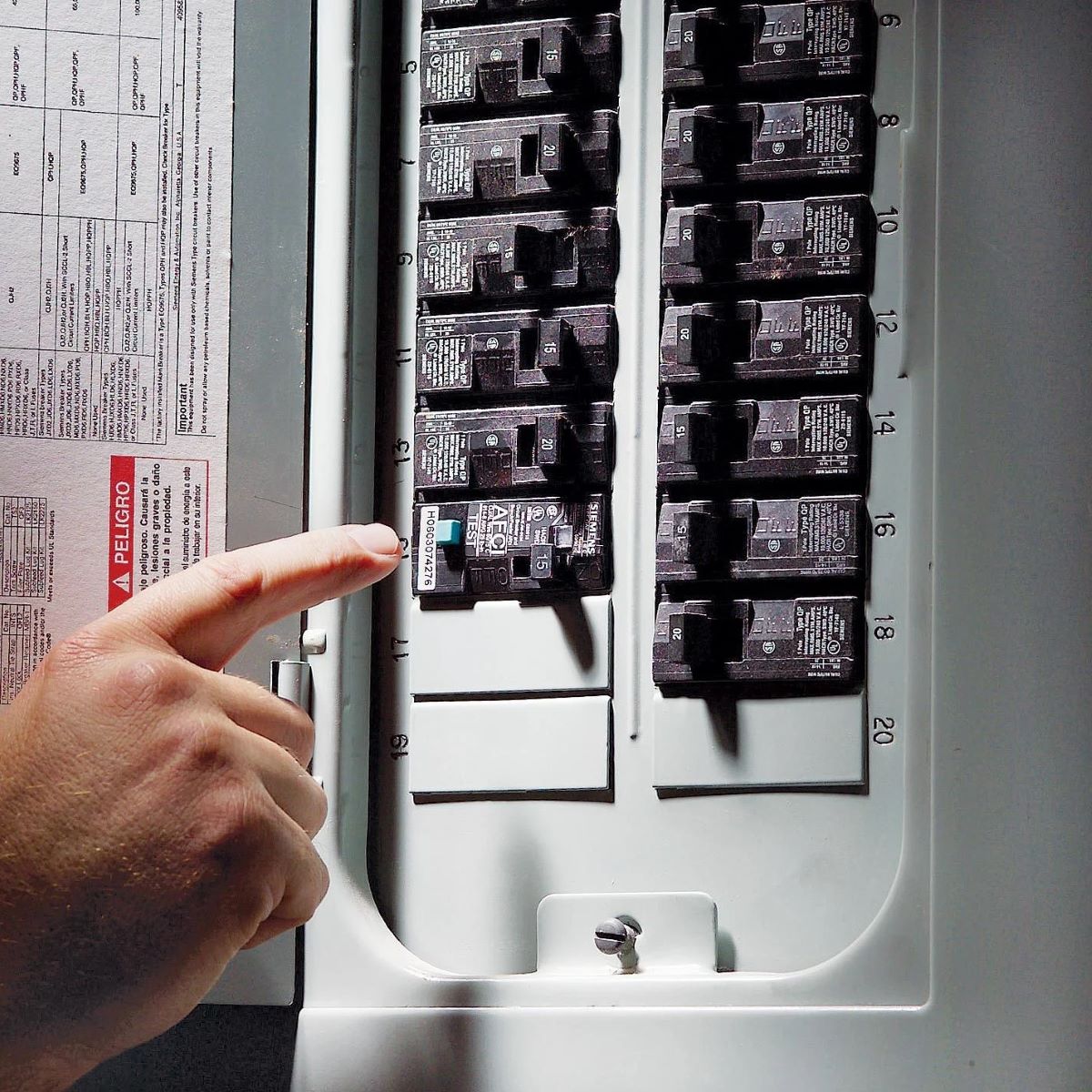

Articles
How To Identify Breakers
Modified: January 7, 2024
Learn how to identify breakers with our informative articles. Expert tips and step-by-step guides to help you troubleshoot electrical issues easily.
(Many of the links in this article redirect to a specific reviewed product. Your purchase of these products through affiliate links helps to generate commission for Storables.com, at no extra cost. Learn more)
Introduction
Having a basic understanding of circuit breakers and knowing how to identify them is essential for any homeowner or professional electrician. Circuit breakers are an integral part of the electrical system in your home or office, serving as a safety precaution to prevent electrical overload and potential hazards.
In this article, we will dive into the world of circuit breakers and provide you with a comprehensive guide on how to identify them. We will cover the different types of circuit breakers, the importance of correctly identifying them, and the tools and steps needed to successfully identify breakers.
Whether you are experiencing electrical problems, planning to do some electrical work, or simply want to gain a better understanding of your electrical system, knowing how to identify breakers is a valuable skill to have.
So, without further ado, let’s explore the fascinating world of circuit breakers and equip you with the knowledge you need to identify them with confidence.
Key Takeaways:
- Understanding the different types of circuit breakers and the importance of correctly identifying them is crucial for ensuring safety, troubleshooting electrical issues, and optimizing the efficiency of your electrical system.
- Equipping yourself with the necessary tools and following a step-by-step guide can empower you to confidently identify and label the breakers in your electrical panel, enabling you to work safely and make informed decisions.
Read more: How To Identify Stab-Lok Breakers
Understanding Circuit Breakers
Before we delve into how to identify circuit breakers, it’s important to have a basic understanding of what they are and how they work. In simple terms, a circuit breaker is a device designed to protect an electrical circuit from damage caused by excessive current.
When an electrical circuit overloads or experiences a short circuit, the flow of current exceeds the safe limit. This can result in overheating, electrical fires, or damage to appliances and wiring. The circuit breaker serves as the first line of defense by automatically detecting these abnormal conditions and interrupting the flow of electricity.
Circuit breakers are typically found in the main electrical panel, commonly known as the breaker box or distribution board. They are designed to trip or switch off when they detect excessive current, effectively cutting off the power supply to that specific circuit. This action helps to protect the wiring, appliances, and the overall electrical system from potential damage or dangers.
One key thing to understand about circuit breakers is their ampere rating, commonly referred to as the “amp rating.” This rating indicates the maximum amount of current the breaker can handle without tripping. Different circuits in your home or office may require breakers with different amp ratings to accommodate the power demands of various appliances or systems.
When a circuit trips, it can be reset manually by flipping the breaker switch back to the “on” position. However, it’s important to determine the cause of the trip before resetting it. Recurring trips may be an indication of an underlying issue with the electrical circuit or the appliances connected to it, and should be investigated and addressed by a qualified electrician.
Now that we have a better understanding of circuit breakers, let’s explore the different types of breakers you may encounter.
Types of Circuit Breakers
There are several different types of circuit breakers, each designed for specific applications and electrical systems. Understanding the different types will help you in identifying the specific breaker in your electrical panel.
1. Standard Breakers:
Standard breakers, also known as single-pole breakers, are the most common type of circuit breakers found in residential and commercial buildings. They are designed to handle a maximum current of 15 or 20 amps and are typically used for general lighting and outlets.
2. Double-Pole Breakers:
Double-pole breakers consist of two interconnected single-pole breakers and are used for larger appliances or systems that require higher voltage and current. They are commonly found in circuits dedicated to appliances like electric stoves, water heaters, and air conditioning units.
3. Ground Fault Circuit Interrupter (GFCI) Breakers:
GFCI breakers provide additional protection against electrical shocks, specifically in areas where water is present, such as bathrooms, kitchens, and outdoor outlets. These breakers have a built-in sensor that detects ground faults, such as current leakage to the ground, and automatically trips the circuit to prevent accidents.
4. Arc Fault Circuit Interrupter (AFCI) Breakers:
AFCI breakers are designed to detect dangerous electrical arcs, which can cause fire hazards. These breakers are commonly used to protect circuits in bedrooms, living rooms, and other areas where electrical fires are more likely to occur.
5. Combination Arc Fault/Ground Fault Circuit Interrupter (CAFCI/GFCI) Breakers:
CAFCI/GFCI breakers are a combination of GFCI and AFCI breakers, providing protection against both ground faults and electrical arcs. These breakers are typically installed in areas that require maximum safety, such as kitchens and bathrooms.
6. Miniature Circuit Breakers (MCBs):
MCBs are commonly used in modern electrical panels and come in various amp ratings. They are compact, affordable, and offer the same functionality as standard breakers but with a smaller physical footprint.
It’s important to note that the specific type and number of breakers in your electrical panel may vary depending on the age of your building, the electrical code requirements in your area, and the size and complexity of your electrical system.
Now that we have covered the different types of circuit breakers, let’s explore why it is important to correctly identify breakers in your electrical panel.
Importance of Identifying Breakers
Correctly identifying circuit breakers is crucial for several reasons. Let’s explore the importance of this task:
1. Safety:
Identifying circuit breakers is essential for ensuring the safety of your electrical system. By knowing which breaker corresponds to each circuit, you can quickly and safely turn off the power in case of an emergency or when performing electrical repairs or maintenance. This prevents the risk of electric shock or other accidents that could occur if the wrong circuit is shut off.
2. Troubleshooting:
When electrical issues arise, such as a tripped circuit or power outage, it is important to identify the specific breaker that is causing the problem. Without proper identification, you may end up troubleshooting the wrong circuit, wasting time and potentially aggravating the issue. By accurately identifying breakers, you can pinpoint the problem area and address it more effectively.
3. Electrical Upgrades or Renovations:
If you are planning any electrical upgrades or renovations in your home or office, knowing which circuit breakers control which areas or appliances is crucial. This knowledge allows you to safely disconnect power to specific circuits during the installation or repair process, minimizing the risk of injury or damage to the electrical system.
4. Efficiency:
Identifying circuit breakers can also help in optimizing the efficiency of your electrical system. By understanding the load distribution in your home or office, you can balance the power demands across multiple circuits. This can prevent overloading and tripping of breakers, which can lead to unexpected power disruptions and potential damage to appliances or electrical components.
5. Electrical System Documentation:
Having a clear and accurate record of which circuits correspond to specific breakers is valuable for future reference and documentation purposes. It can be useful for troubleshooting, maintenance, or when selling or renting your property. Properly labeled breakers also help others who may need to access the electrical panel to identify and work with the correct circuits.
In summary, correctly identifying circuit breakers is crucial for ensuring safety, troubleshooting electrical issues effectively, facilitating electrical upgrades or renovations, optimizing system efficiency, and maintaining accurate documentation of your electrical system. With these benefits in mind, it is time to explore the tools and steps needed to identify breakers accurately.
Look for individuals who consistently challenge the status quo, question traditional methods, and seek out innovative solutions. These are often the breakers within an organization.
Tools Needed for Identifying Breakers
Identifying circuit breakers requires the use of a few essential tools. While these tools are not complex or specialized, having them on hand will make the process much smoother. Here are the tools you will need:
1. Circuit Breaker Finder:
A circuit breaker finder is a handy device specifically designed to help identify which breaker controls a particular circuit. It consists of two parts: a transmitter and a receiver. The transmitter plugs into an outlet or is connected to a specific circuit, while the receiver is used to scan the breakers in the electrical panel. The transmitter sends a signal to the breaker that corresponds to the circuit, and the receiver detects the signal, indicating the correct breaker.
2. Screwdriver:
A screwdriver is a versatile tool that comes in handy for many electrical tasks, including identifying breakers. It is used to remove the cover panel of the electrical panel, allowing access to the breakers. A simple flat-head or Phillips screwdriver should suffice for most panels.
3. Pen and Notepad:
While not necessarily a tool in the traditional sense, having a pen and notepad is essential for documenting your findings. As you identify each breaker, make a note of the corresponding circuit or area it controls. This will help you create a clear reference for future use and troubleshooting.
4. Flashlight:
Electrical panels are often located in dimly lit areas, such as basements or utility rooms. Having a flashlight on hand will help illuminate the panel, making it easier to read the breaker labels and identify the correct ones.
5. Protective Gear:
When working with electrical systems, it’s important to prioritize safety. Wear appropriate protective gear, such as gloves and safety glasses, to protect yourself from potential electrical hazards. Safety should always be the top priority when working with electricity.
Having these tools readily available will save you time and frustration when identifying circuit breakers. Now that you have the necessary tools, let’s move on to the step-by-step guide for identifying breakers in your electrical panel.
Read more: How To Identify Glassware
Step-by-Step Guide to Identifying Breakers
Identifying circuit breakers may seem daunting at first, but by following a step-by-step process, you can do it effectively and efficiently. Here’s a guide to help you identify breakers in your electrical panel:
1. Prepare the Tools and Ensure Safety:
Gather all the tools mentioned earlier, including the circuit breaker finder, screwdriver, pen and notepad, flashlight, and any necessary protective gear. Make sure to turn off any sensitive electronic devices before starting for added safety.
2. Familiarize Yourself with the Electrical Panel:
Open the cover panel of the electrical panel using the screwdriver, ensuring that you are taking appropriate safety precautions. Take a moment to familiarize yourself with the layout of the panel, identifying the breaker switches and any labeling or marking system present.
3. Use the Circuit Breaker Finder:
Plug the transmitter of the circuit breaker finder into an electrical outlet or connect it to the specific circuit you want to identify. Ensure that the transmitter is securely connected. Then, systematically scan the breakers with the receiver, moving the receiver closer to each breaker until a signal is detected. When the receiver beeps or lights up, it indicates the correct breaker.
4. Confirm the Breaker:
Once the circuit breaker finder locates a breaker, verify its accuracy by switching it off and checking if the corresponding circuit loses power. You can test this by turning on a light or appliance connected to the circuit and observing whether it turns off when the breaker is switched off. Make a note in your notepad to record the corresponding circuit or area.
5. Repeat for Each Circuit:
Continue the process of using the circuit breaker finder, confirming the breaker, and noting down the findings for each circuit in your electrical panel. Take your time and be thorough to ensure accurate identification.
6. Label the Breakers:
After identifying each breaker, label them accordingly using permanent marker or pre-printed labels. Clearly indicate which area or circuit each breaker controls. This will make future reference and maintenance much easier.
7. Document Your Findings:
Once you have completed identifying and labeling all the breakers, take a moment to document your findings in a clear and organized manner. Use your notes to create a diagram or list of the breaker numbers and their corresponding circuits or areas. This documentation will be valuable for future use and troubleshooting.
8. Close the Electrical Panel:
Securely fasten the cover panel of the electrical panel using the screwdriver, making sure it is tightly closed.
By following these steps, you will be able to successfully identify and label the breakers in your electrical panel. This knowledge will empower you to work safely, troubleshoot electrical issues effectively, and make informed decisions when working with your electrical system.
Conclusion
Identifying circuit breakers is an important skill for homeowners and electricians alike. By understanding the types of circuit breakers, the significance of correct identification, and following a step-by-step guide, you can confidently navigate your electrical panel and ensure the safety and efficiency of your electrical system.
We began by gaining a basic understanding of circuit breakers and their role in protecting electrical circuits from overloads and hazards. We then explored the different types of circuit breakers, including standard, double-pole, GFCI, AFCI, CAFCI/GFCI, and MCBs.
Next, we discussed the importance of correctly identifying circuit breakers. Safety, troubleshooting, efficiency, and documentation were highlighted as key reasons for accurately identifying breakers in your electrical panel.
We also identified the essential tools needed for the identification process, including a circuit breaker finder, screwdriver, pen and notepad, flashlight, and protective gear. These tools are necessary for a smooth and safe identification process.
Lastly, we provided a step-by-step guide to help you confidently identify breakers in your electrical panel. From preparing the tools and familiarizing yourself with the panel, to using a circuit breaker finder and labeling the breakers, each step was outlined to ensure a systematic and accurate identification process.
By following this guide, you can gain control over your electrical system and confidently handle issues, upgrades, or changes that may arise. Remember, safety should always be your top priority when working with electricity. If you are unsure or uncomfortable with any aspect of identifying breakers, it is advisable to seek the assistance of a qualified electrician.
Now armed with the knowledge and understanding of circuit breakers and the process of identifying them, you are well-equipped to navigate your electrical panel with confidence and maintain a safe and efficient electrical system for your home or workplace.
Frequently Asked Questions about How To Identify Breakers
Was this page helpful?
At Storables.com, we guarantee accurate and reliable information. Our content, validated by Expert Board Contributors, is crafted following stringent Editorial Policies. We're committed to providing you with well-researched, expert-backed insights for all your informational needs.
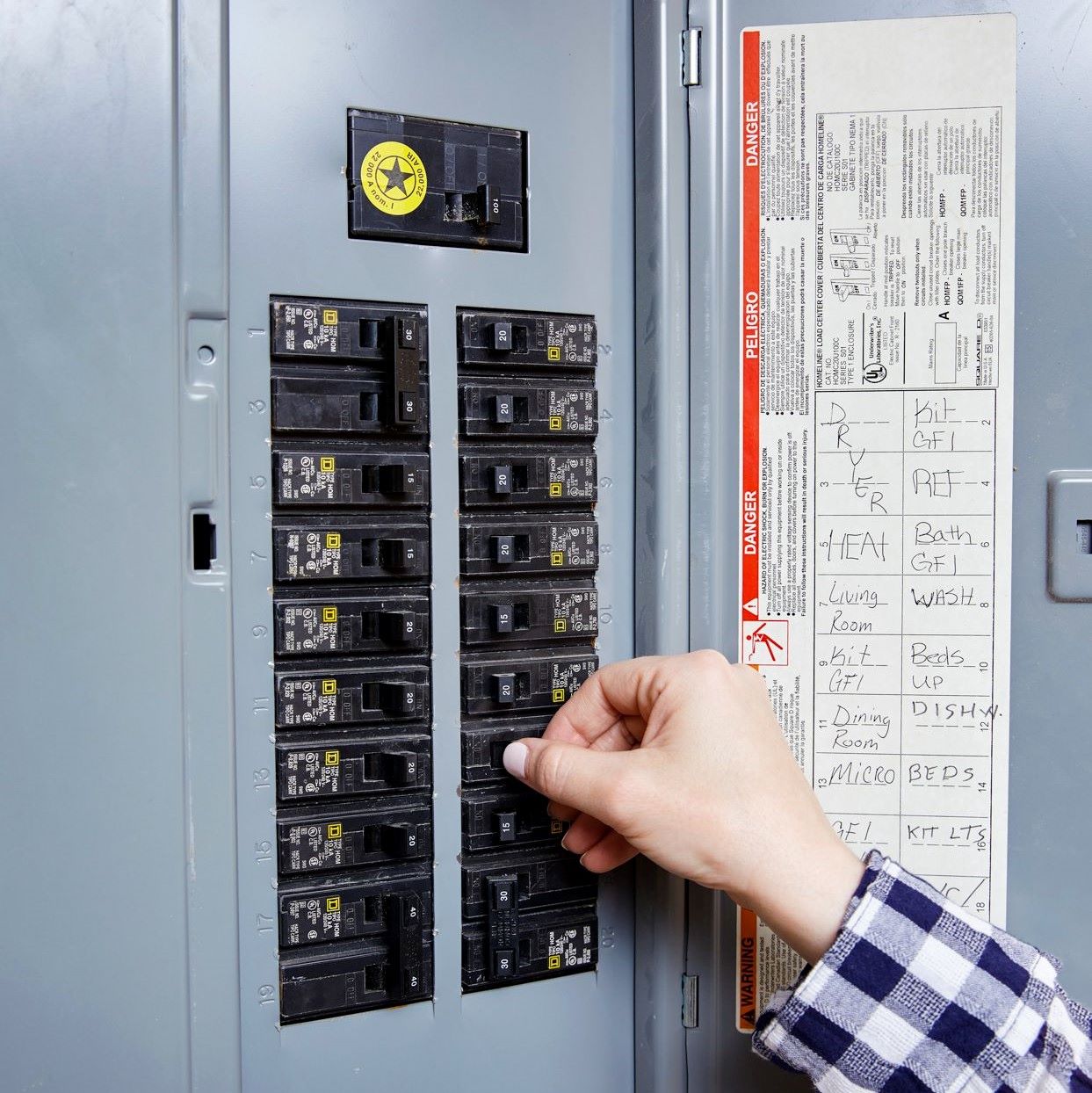


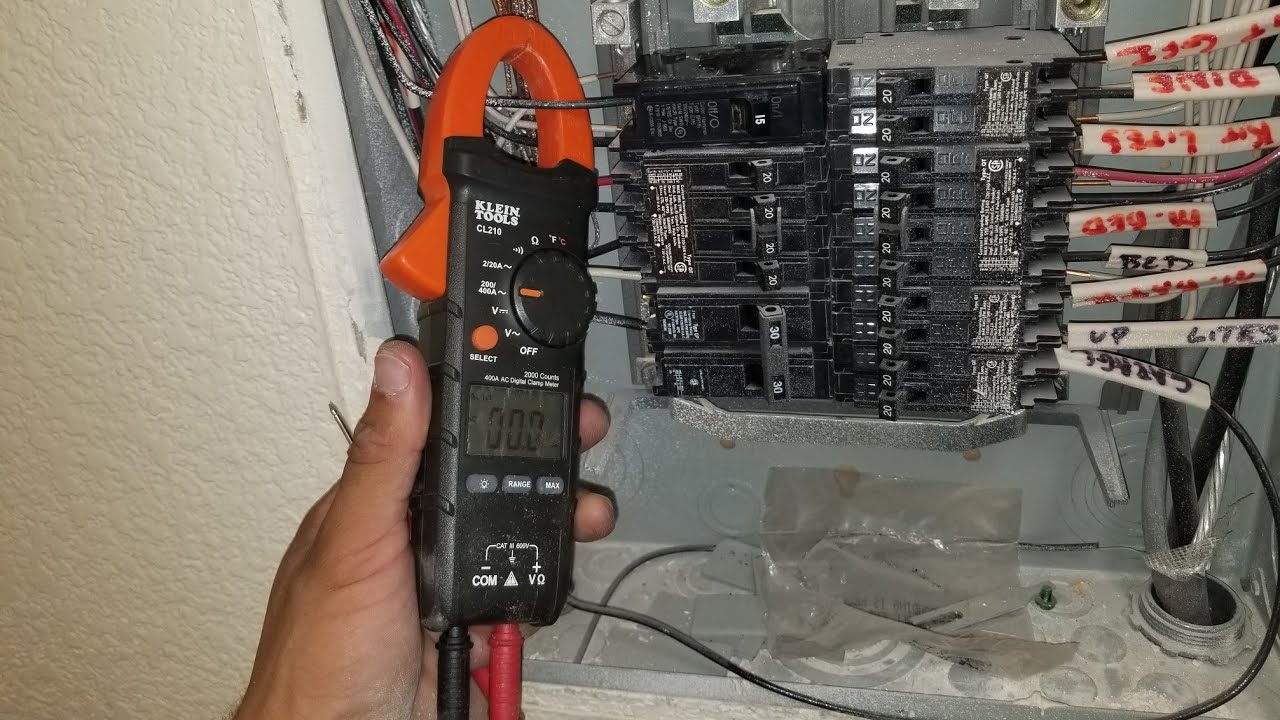
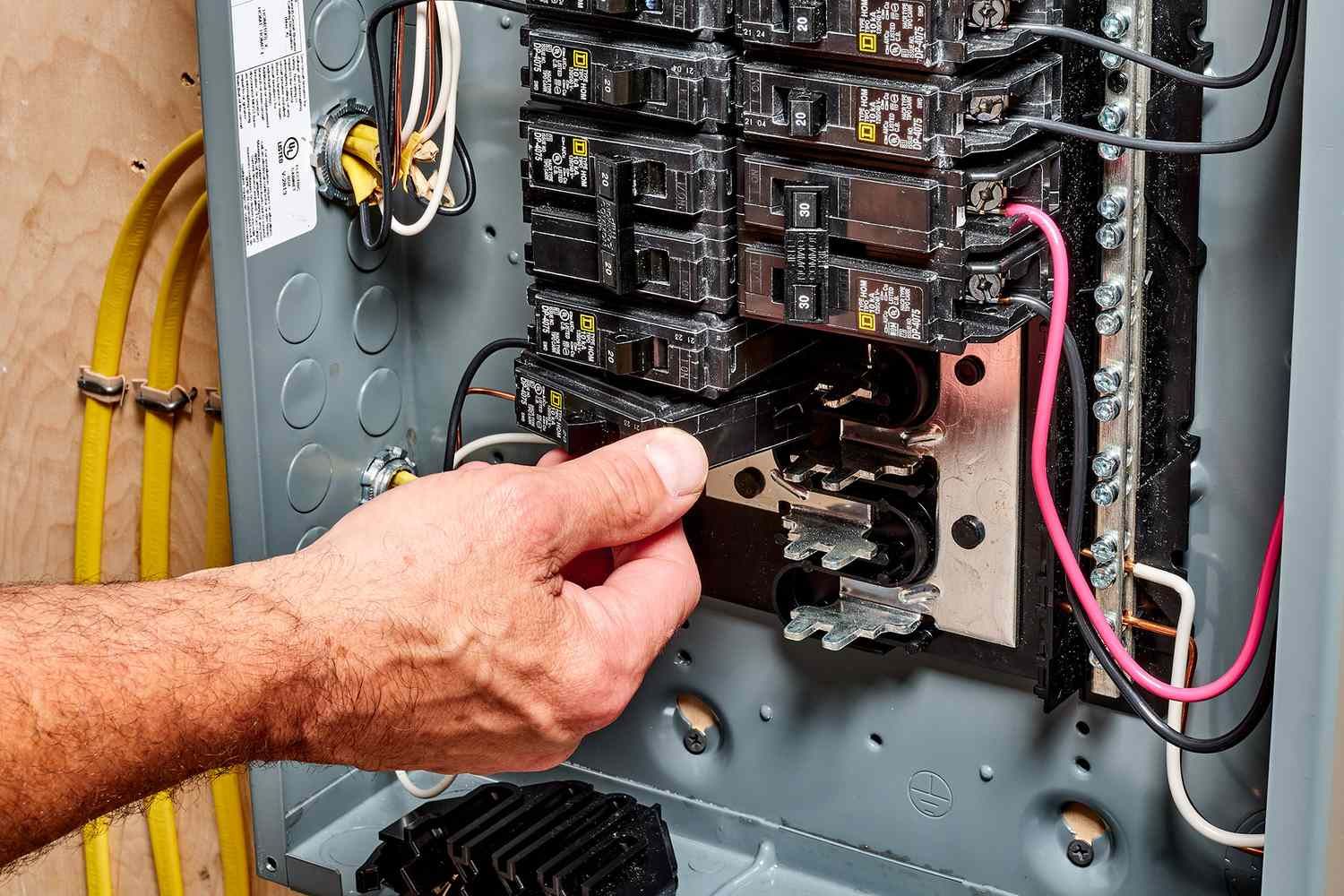







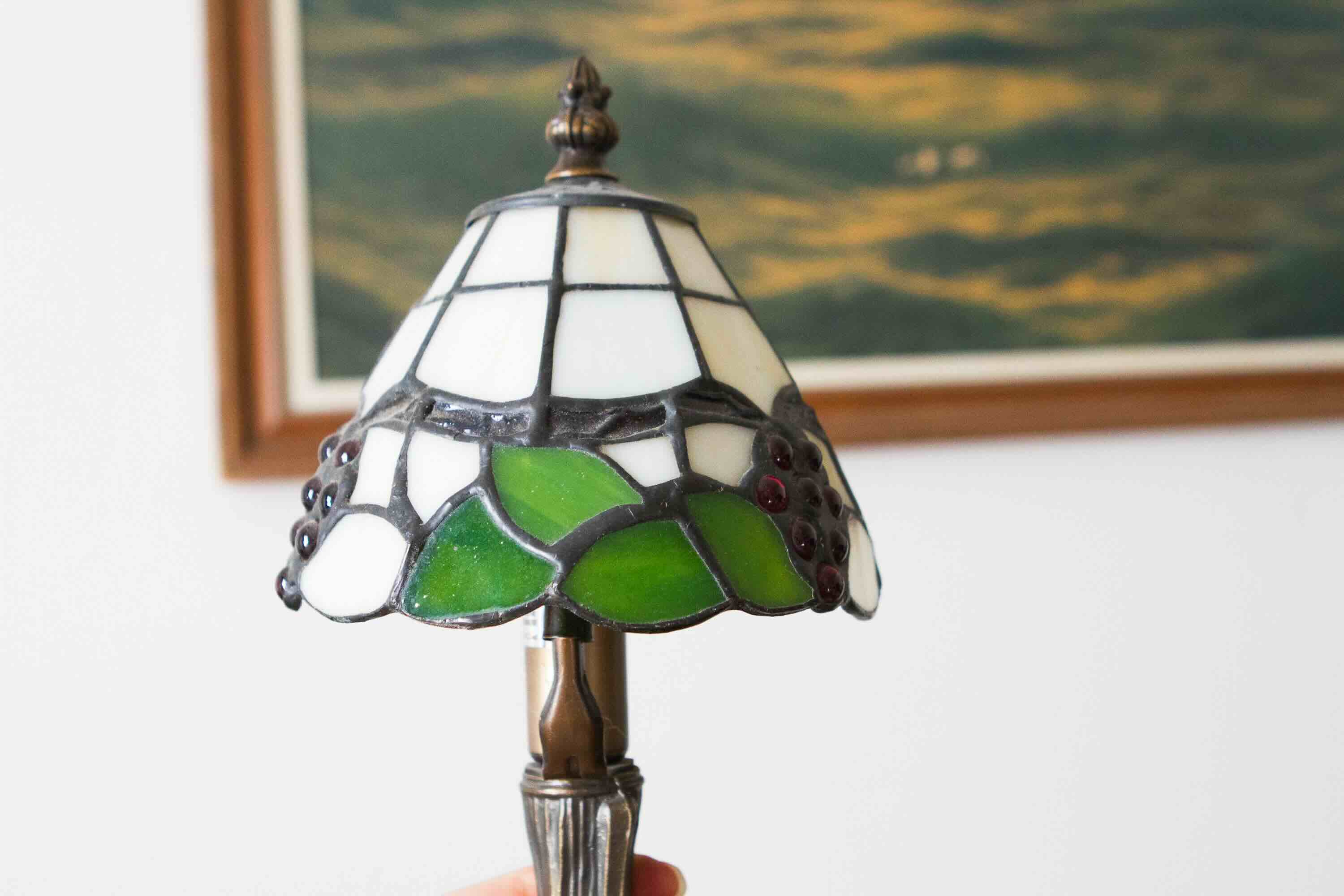


0 thoughts on “How To Identify Breakers”